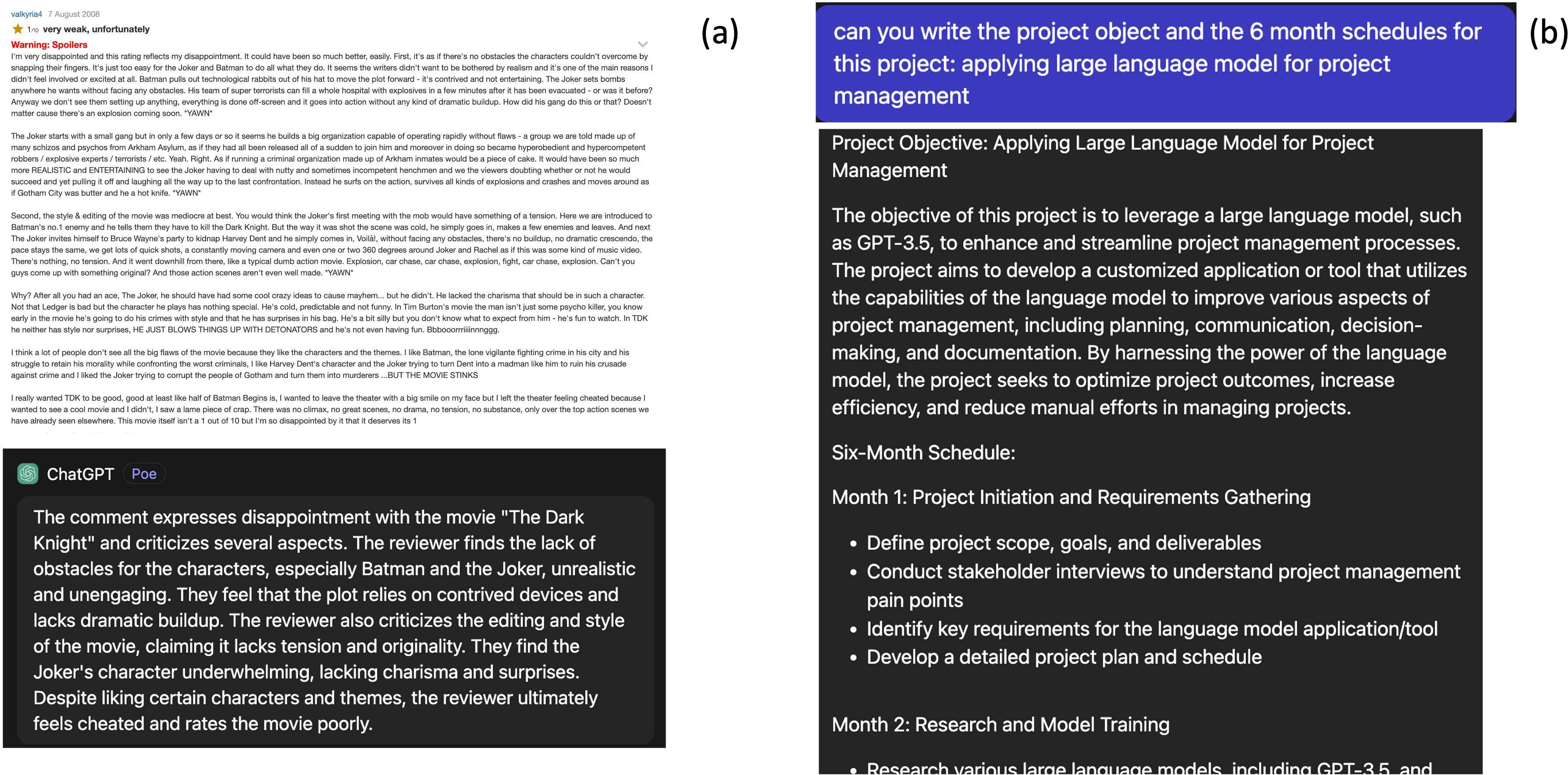- The paper evaluates LLM contributions in business, analyzing applications such as text analysis, content generation, and code generation.
- It applies empirical tests on real-world datasets to assess LLM performance in strategic planning and data-driven decision-making.
- The study highlights limitations including bias, contextual miscomprehension, and prompt sensitivity, suggesting areas for future research.
A Reality Check of the Benefits of LLM in Business
Introduction to LLMs in Business
LLMs have transformed the landscape of natural language processing by exhibiting remarkable capabilities in understanding and generating human language. These models distinguish themselves from conventional NLP systems with their ability to adapt to new domains via prompt engineering, making them versatile tools for various business applications without the need for retraining. Despite their potential, challenges such as bias, contextual understanding deficiencies, and sensitivity to prompts raise questions about their efficacy in real-world business processes. This paper provides a comprehensive evaluation of LLMs' utility in business, focusing on strategic planning, project implementation, and data-driven decision-making, using empirical tests across four accessible LLMs with real-world datasets.
LLM Applications in Business
The potential of LLMs in business extends across different areas including text analysis, content generation, translation, code generation, and data analytics.
Text Analysis is pivotal in business contexts such as sentiment analysis of customer feedback and summarizing extensive documents, facilitating strategic planning and informed decision-making. For instance, LLMs can analyze vast amounts of customer feedback to derive sentiment trends, aiding in better strategic planning and improvements.

Figure 1: Examples of using LLMs for: (a) Text Analysis; (b) Content Generation.
Content Generation leverages LLMs to automate the creation of high-quality textual content, be it marketing material, social media posts, or comprehensive project documents, reducing the time and effort required from human professionals.
Translation capabilities in LLMs allow businesses to break language barriers, reaching broader audiences by offering native-language content that is both accurate and contextually relevant, outperforming traditional translation tools.
Code Generation with LLMs helps automate tasks such as SQL query generation, thereby expediting data extraction and manipulation processes that are crucial for analytics in business settings.

Figure 2: An example of code generation using LLM.
Data Analytics harnesses LLMs to identify patterns and insights in data, which is essential for strategic decision-making and uncovering new business opportunities.
Limitations of LLMs
Despite their strengths, LLMs face several challenges when applied to business processes:
Bias: LLMs can perpetuate existing biases in training data, impacting fairness and accuracy in generated outputs. Experiments reveal inconsistencies in LLMs' ability to suggest scholarly references for project planning, with biases often reflecting the popularity and representation of different domains.

Figure 3: Result of reference generation, in no. of papers: (a) by LLMs, (b) by the five papers.
Contextual Understanding: The lack of context comprehension in LLMs affects tasks requiring nuanced understanding, such as complex query generation and resolving intricacies in customer inquiries. Experimentation with SQL query generation revealed LLMs' struggles with handling multi-table queries that require deep contextual understanding.

Figure 4: The flow for generating SQL code using LLM.
Sensitivity to Prompts: The performance of LLMs is heavily dependent on the prompts' design, which influences the fidelity of their outputs. Inconsistent outputs stemming from slight variations in prompts necessitate careful prompt engineering to maximize LLM utility in business Q&A systems.

Figure 5: The flow for questions and answers with context: (a) answering a question, (b) generating questions.
Conclusion
This paper highlights both the immense potential and the current limitations of LLMs in business applications. While LLMs can significantly streamline various business activities and reduce labor-intensive tasks, their application is circumscribed by issues of bias, context miscomprehension, and prompt sensitivity. To enhance LLM utility in business settings, future research should focus on improving contextual understanding, mitigating inherent biases, and optimizing prompt engineering strategies. Organizations leveraging LLMs must remain cognizant of these limitations to effectively integrate LLMs into their operational frameworks for maximum benefit.




